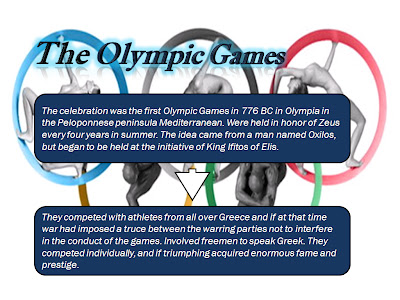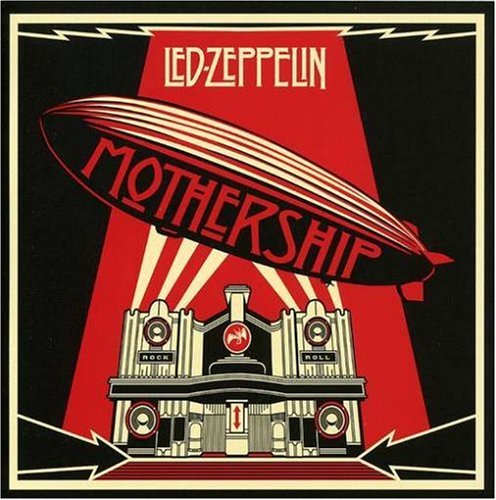The passive voice is a grammatical construction (specifically, a "voice") in which the subject of a sentence or clause denotes the recipient of the action (the patient) rather than the performer (the agent). The passive voice in English is formed periphrastically, with an auxiliary verb (usually be or get) plus a participle (usually the past participle) of a verb, usually a transitive verb.
For example, Caesar was stabbed by Brutus uses the passive voice. The subject denotes the person (Caesar) affected by the action of the verb. The counterpart to this in active voice is Brutus stabbed Caesar, in which the subject denotes the doer, or agent, Brutus.
A sentence featuring the passive voice is sometimes called a passive sentence, and a verb phrase in passive voice is sometimes called a passive verb.[1]
English allows a number of passive constructions which are not possible in many of the other languages with similar passive formation. These include promotion of an indirect object to subject (as in Tom was given a bag) and promotion of the complement of a preposition (as in Sue was operated on, leaving a stranded preposition).
Tag Questions
What are Tag Questions?
These are questions attached to declarative statements to expand the thought being said. Tag questions are used to transform a declarative statement into a question. Such questions use pronouns.
Rules guide us in using tag questions:
1.) The baby girl cries for milk, doesn't she?
The tag question doesn't she is used because the subject baby girl is singular and the verb cries is in the present tense.
The pronoun she is used because baby girl is feminine in gender. Also, you are talking about the baby girl. Therefore you use 'she'.
The tag question is negative because the statement part is positive.
2.) The festivals don't attract many tourists, do they?
The tag question do they is used because the subject festivals is plural and the verb do attract is in the present tense.
The pronoun they is used because the subject 'the festivals' is plural. Also, you are talking about them (the festivals), therefore you use 'they'.
The tag question is positive because the statement part is negative (due to the presence of not).
3.) The boys climbed the mountains, didn't they?
The tag question didn't they is used because the subject the boys is plural and the verb climbed is in the past tense.
The pronoun they is used because the subject 'the boys' is plural. Also, you are talking about them (the boys), therefore you use 'they'.
The tag question is negative ('not' is added) because the statement part is positive.
Exercise:
Add an appropriate tag question to each of the following sentences:
1.) The book is not wonderful, __________?
2.) You are very kind, __________?
3.) We don't want to dance, __________?
4.) My friends are not asking me something, __________?
5.) My parents prepared a very delicious food, __________?
6.) I could do that, __________?
7.) You weren't here yesterday, __________?
8.) I was here yesterday, __________?
Tag Questions
You speak English, don't you?
A tag question is a special construction in English. It is a statement followed by a mini-question. The whole sentence is a "tag question", and the mini-question at the end is called a "question tag".
A "tag" is something small that we add to something larger. For example, the little piece of cloth added to a shirt showing size or washing instructions is a tag.
We use tag questions at the end of statements to ask for confirmation. They mean something like: "Am I right?" or "Do you agree?" They are very common in English.
The basic structure is:
statement question tag
+Positive statement, -negative tag?
Snow is white, isn't it?
-Negative statement, +postivive tag?
You don't like me, do you?
Notice that the question tag repeats the auxiliary verb (or main verb when be) from the statement and changes it to negative or positive.
A question tag is the "mini-question" at the end. A tag question is the whole sentence.
He's read this book, hasn't he?
He read this book, didn't he?
He's reading this book, isn't he?
He reads a lot of books, doesn't he?
He'll read this book, won't he?
He should read this book, shouldn't he?
He can read this book, can't he?
The Olympic Games that we know today are very different from the original Olympics that took place in Olympia, Greece, more than 2,700 years ago. Since then, they have been held all over the world, been attended by more than 200 countries and have included many different sports. Some Olympic information might be particularly interesting to children
History
The Olympic Games were created and first held in 776 B.C. in ancient Greece in honor of the king and queen of the Greek gods, Zeus and Hera, and only men could compete. The first official modern Olympic Games were held in Athens, Greece, in 1896. Since then, the Summer Olympic Games have been held every four years in many major cities around the world. In 1924 the first Winter Olympics were held. They also take place every four years but are held two years after the Summer Olympics. The city where the games are held is called the "host city." Women were allowed to compete in the Olympic Games for the first time in 1928.
Olympic Sports
The number of sports played at the Olympics changes from year to year. Some of the most popular Summer Olympic sports are swimming, cycling, gymnastics, volleyball and horse riding. There also are many events collectively known as athletics, such as the 100-meter dash, the marathon, hurdling, relay racing, the long jump, the high jump and the pole vault. The Winter Olympic sports include downhill and cross-country skiing, bobsledding, figure skating, ice hockey, snowboarding and ski jumping. Sports that are no longer played in the games include golf, lacrosse, rugby union and water motor sports. If a sport is very popular among spectators and there are a lot of athletes qualified to compete, the International Olympic Committee might decide to introduce it in the next Olympic Games, which usually means that one of the less-popular sports must be dropped.
The Opening Ceremony
The opening ceremony of the games usually is a dramatic celebration involving hundreds of people. The opening ceremony begins with the raising of the flag of the host country and the singing of its national anthem. There is then a performance involving music, dance and colorful costumes, along with a high-tech lighting and special effects show. After that, every athlete marches into the stadium under the banner of his country. At the end of the opening ceremony, the Olympic torch is passed to the last carrier, who lights a huge fire to open the games.
The Olympic Torch
The Olympic torch is a symbol of the ancient Greek Olympic Games. The flame is lit in Greece several weeks before the games and travels around the world to the host city of the games. It usually is carried by runners, but has traveled by ship, camel, airplane and canoe. In 2000, the torch traveled underwater for the first time, as a diver brought it past the Great Barrier Reef in Australia.
Other Olympic Games
The Paralympic Games are held just after both the summer and winter games and are for athletes with a physical disability. The Special Olympics is a competition held every two years and all athletes are intellectually disabled.
CHE GUEVARA
"Guerrillero Heroico"
Che Guevara at the La Coubre memorial service.
Taken by Alberto Korda on March 5, 1960.
Born Ernesto Guevara
May 14, 1928[1]
Rosario, Santa Fe, Argentina
Died October 9, 1967 (aged 39) (execution)
La Higuera, Vallegrande, Bolivia
Resting place Che Guevara Mausoleum
Santa Clara, Cuba
Organization 26th of July Movement, United Party of the Cuban Socialist Revolution,[2] National Liberation Army (Bolivia)
Religion None (Marxist humanist)[3][4][5]
Spouse Hilda Gadea (1955–1959)
Aleida March (1959-1967, his death)
Children Hilda (1956–1995), Aleida (b. 1960), Camilo (b. 1962), Celia (b. 1963), Ernesto (b. 1965)
Parents Ernesto Guevara Lynch[6]
signature:
Ernesto "Che" Guevara (Spanish pronunciation: [ˈtʃe ɣeˈβaɾa];[7] May 14,[1] 1928 – October 9, 1967), commonly known as el Che or simply Che, was an Argentine Marxist revolutionary, physician, author, guerrilla leader, diplomat, and military theorist. A major figure of the Cuban Revolution, his stylized visage has become a ubiquitous countercultural symbol of rebellion and global insignia within popular culture.[8]
As a young medical student, Guevara traveled throughout Latin America and was radically transformed by the endemic poverty and alienation he witnessed.
His experiences and observations during these trips led him to conclude that the region's ingrained economic inequalities were an intrinsic result of capitalism, monopolism, neocolonialism, and imperialism, with the only remedy being world revolution.[10] This belief prompted his involvement in Guatemala's social reforms under President Jacobo Arbenz, whose eventual CIA-assisted overthrow solidified Guevara's political ideology. Later, while living in Mexico City, he met Raúl and Fidel Castro, joined their 26th of July Movement, and sailed to Cuba aboard the yacht, Granma, with the intention of overthrowing U.S.-backed Cuban dictator Fulgencio Batista.[11] Guevara soon rose to prominence among the insurgents, was promoted to second-in-command, and played a pivotal role in the victorious two-year guerrilla campaign that deposed the Batista regime.














